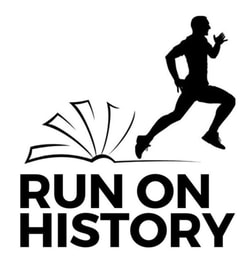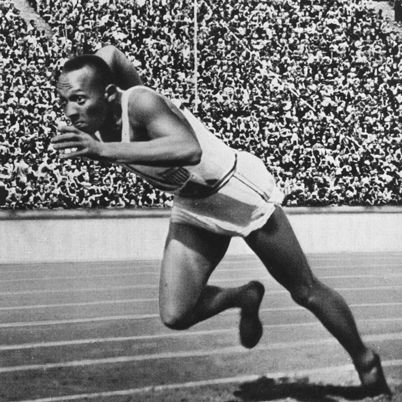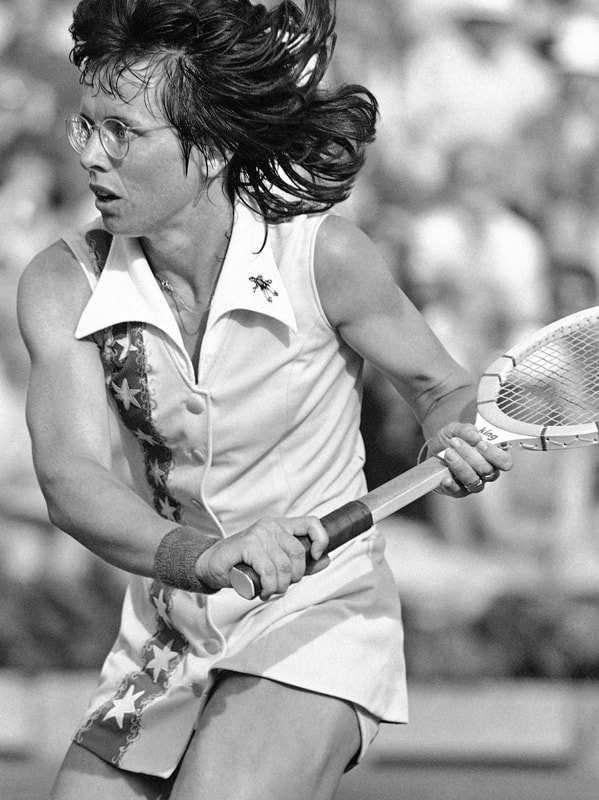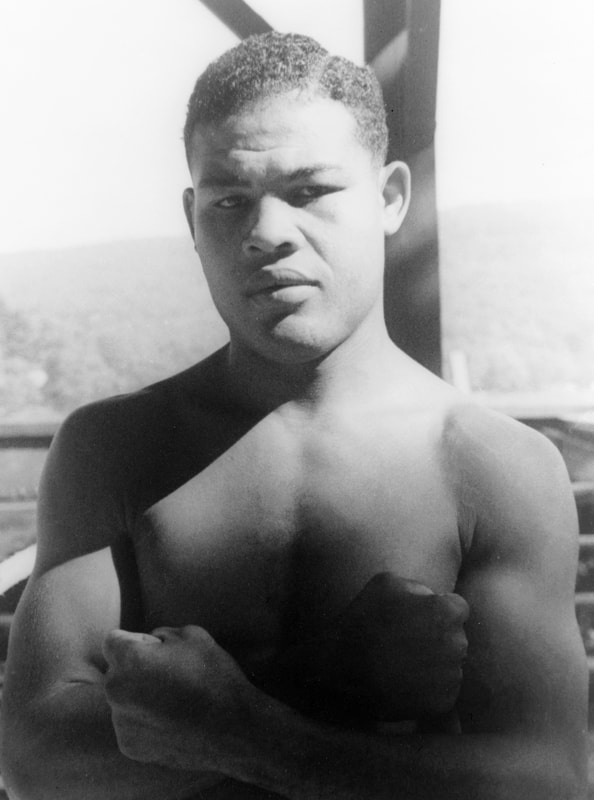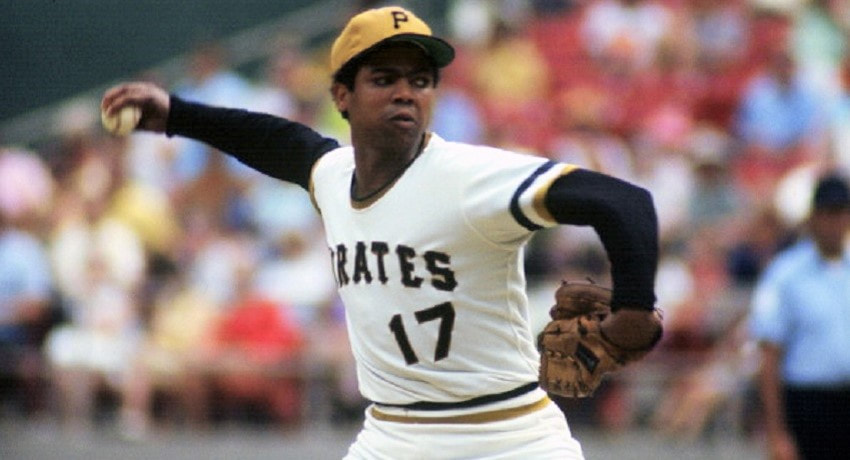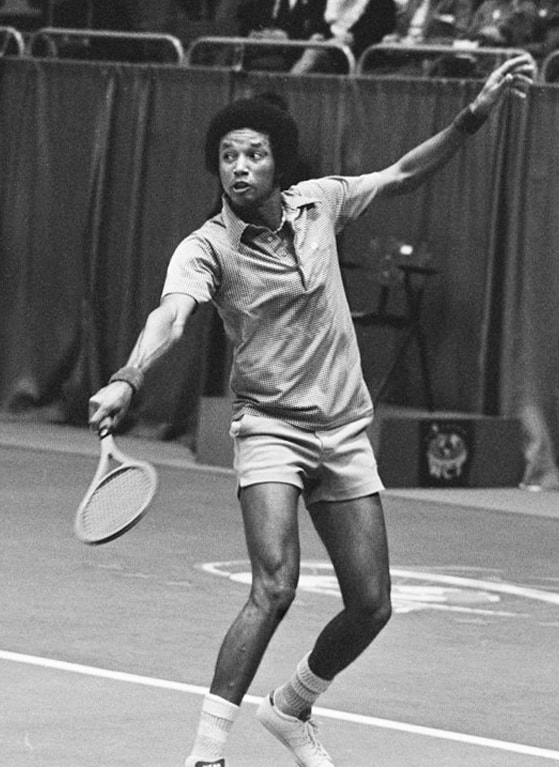Top 10 Athletes that Broke Records Part One
Written by Mark Pulcifer
Athletes accomplish incredible feats. Through years of patient practice, professional athletes develop the skills that set them apart and elevate them to a national (and international) stage. We love watching athletes rise to the occasion and awe us with inspiring performances. Athletes are occasionally capable of doing amazing things outside of their sport when they capture attention with their execution. There are many athletes who could make this list and belong on it. In this first installment, we will look at 5 of our 10 athletes who broke records on and off the field.
|
10. Jesse Owens
James Cleveland “Jesse” Owens achieved international fame during his impressive performances at the 1936 Summer Olympics in Berlin, Germany. Hitler used the Olympics to show the world a resurgent Nazi Germany when Jesse Owens turned in track and field performances that won four gold medals. With African-American teammate Cornelius Johnson winning gold in the high jump, there were multiple opportunities to salute the American flag and recognize their achievements. This distressed Hitler greatly, and Nazi minister Albert Speer acknowledged him as “highly annoyed by the series of triumphs by the marvelous colored American runner, Jesse Owens.” In the environment of forming Nazi Germany, the achievements of Jesse Owens sent a message to the world that could not be hidden by all the propaganda Hitler could invent. |
|
9. Billie Jean King
Billie Jean King is one of the greatest tennis players of all time. In 1987, she was admitted into the International Tennis Hall of Fame after winning 39 major championships. Although King's legendary match with Bobby Riggs has been called "the Battle of the Sexes," she was actually promoting gender equality for both men and women. "I thought it would set us back 50 years if I didn't win that match," she said. "It would ruin the women's tour and affect all women's self-esteem." Even though King was essential in starting many female-oriented projects: a professional women’s tour, a women’s sports magazine, and a women’s sports foundation. Her greatest influence was probably in influencing the average American woman's thoughts about athletics as a whole. "She has prominently affected the way 50 percent of society thinks and feels about itself in the vast area of physical exercise," Frank Deford wrote in Sports Illustrated. "Moreover, like (Arnold) Palmer, she has made a whole sports boom because of the singular force of her presence." |
|
8. Joe Louis
Before Muhammad Ali, there was Joe Louis. Nicknamed the Brown Bomber, Louis reigned as the world heavyweight boxing champion from 1937 to 1949. This continues to be the longest single status as champion of any boxer in history (Wladimir Klitschko currently holds the longest combined reign at 12 years). Joe Louis traveled alongside other famous people in the Special Services Division, such as Sugar Ray Leonard, and utilized his position to advocate for the US Army during World War II. When asked about his decision to enter the (then) racially segregated US Army, Louis responded, “Lots of things wrong with America, but Hitler ain’t going to fix them.” The importance of Louis' contests against Max Schmeling was comparable to that of Jesse Owens' Olympic performances. Louis misjudged Schmeling in their first match, and the Nazi leadership used his setback to reinforce their theory of Aryan superiority. During the rematch in 1938, Louis only needed two minutes and four seconds to defeat Schmeling. Louis later admitted: "I knew I had to get Schmeling good. I had my own personal reasons and the whole damned country was depending on me." |
|
7. Dock P. Ellis Jr.
Dock P. Ellis was a major league baseball pitcher in the late 1960s and 1970s, playing primarily for the Pittsburgh Pirates, although he briefly spent time with the New York Yankees, Oakland Athletics, and Texas Rangers. Playing during a time when traveling baseball teams still remained segregated when it came to lodging, Ellis is remembered for wearing hair curlers in the bullpen during pregame warmups. His drug use was also well-documented, to the point that he once commented that the scariest moment of his career was when he attempted to pitch while sober in a 1973 game. Interestingly, his controversial no-hitter in 1970 was reportedly made under the influence of LSD. After retiring from baseball in the 1980s, Ellis used his personal experiences to work as a drug counselor in Victorville, California, in an effort to improve his community. Ellis also provided counseling to inmates in Adelanto, California, and Pittsburg, as well as to certain minor league baseball players, including Pascual Perez of the Yankees. Ellis was able to relate to and assist others in his area by drawing on his own challenges. |
|
6. Arthur Ashe
The legacy of Arthur Ashe literally stands tall. Born and raised in Richmond, Virginia, the tennis star now has the only remaining statue on Monument Avenue in the former capital of the Confederacy. The irony is profound: Ashe became the first breakout African-American tennis star during a time when the sport was largely considered to be reserved for elite, wealthy, and White Americans. The statues of Robert E. Lee, J. E. B. Stuart, Jefferson Davis, Stonewall Jackson, and Matthew Fontaine Maury that were previously located there have been taken down. Only Arthur Ashe remains. Aside from being one of the greatest tennis players ever (the only African American to win the men’s singles title in the U.S. Open, the Australia Open, and Wimbledon), Ashe turned a devastating diagnosis into activism and concern for the health of others. When he had several operations to treat heart problems in the late 1970s and early 1980s, blood supplies were not yet checked for the HIV (or Hepatitis) viruses. After acquiring HIV through a blood transfusion, Ashe devoted his time to telling his story, creating the Arthur Ashe Foundation for the Defeat of AIDS. In his statement to the UN on World AIDS Day, he dispelled the myth that AIDS only impacted intravenous drug users or gay men. In his memoir, “Days of Grace,” Ashe described: “True heroism is remarkably sober, very undramatic. It is not the urge to surpass all others at whatever cost, but the urge to serve others at whatever cost.” |
